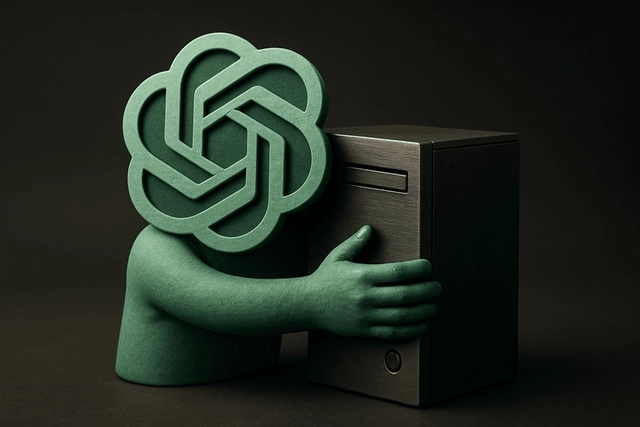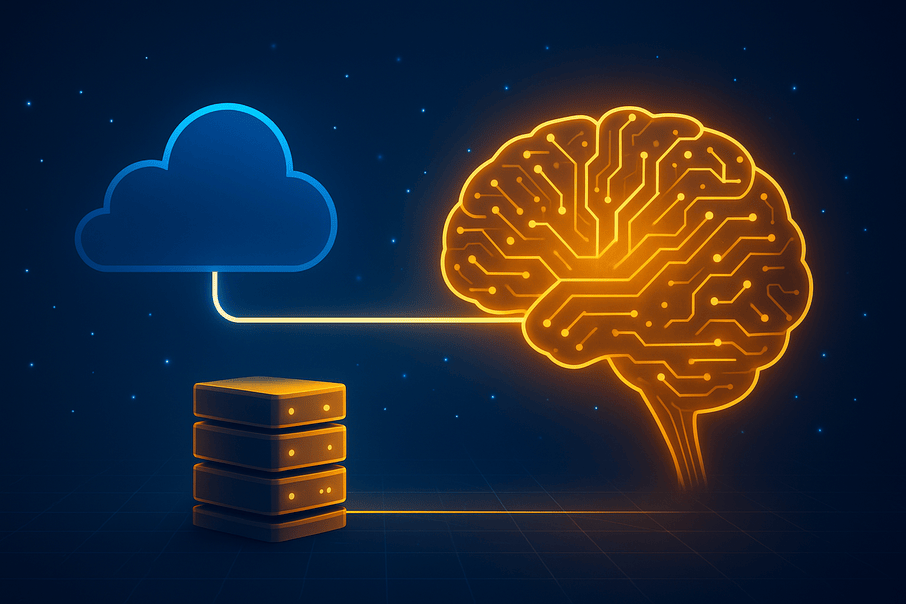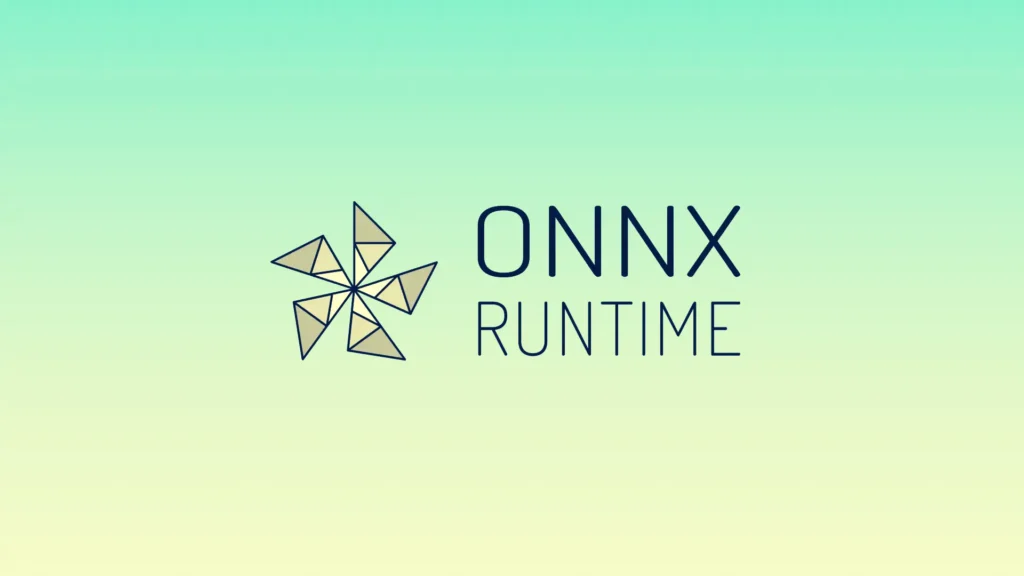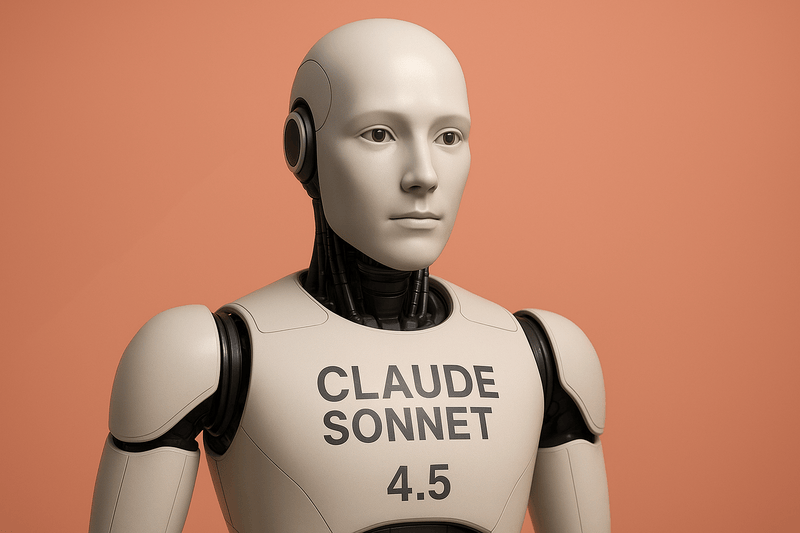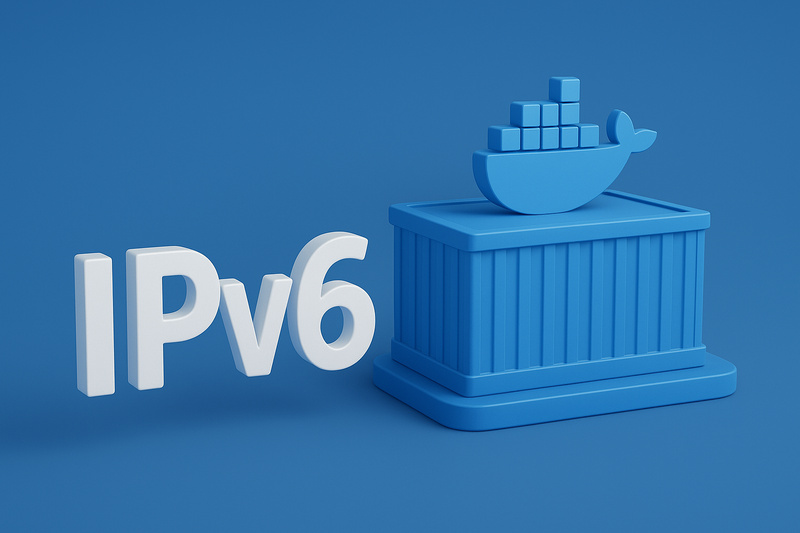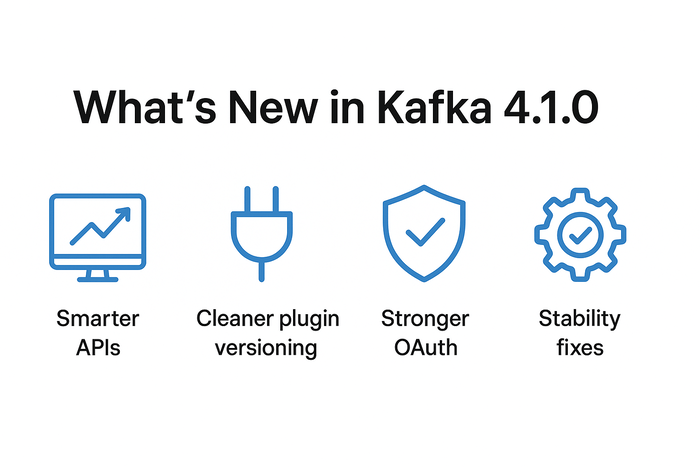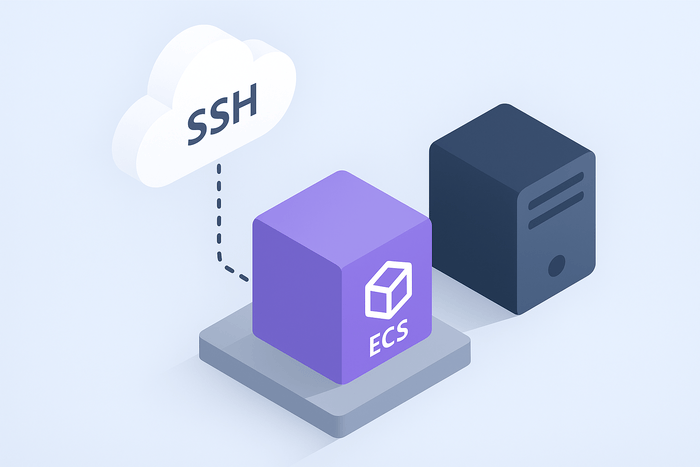In a landmark move that bridges world-class industrial design with cutting-edge artificial intelligence, OpenAI has announced the acquisition of Jony Ive’s hardware startup, io, for approximately $6.4 billion in an all-equity deal. This strategic purchase marks OpenAI’s most significant transaction to date, signaling its commitment to not only software innovation but also crafting purpose-built AI devices. Here are some take aways from this acquisition
Deal Structure & Valuation
OpenAI’s acquisition of io represents a roughly $6.4 billion all-equity transaction that underscores the company’s capital-efficient strategy and its commitment to long-term value creation: by issuing new shares rather than deploying cash, OpenAI will transfer approximately $5 billion in equity to io’s investors while accounting for the 23 percent stake it already held in the startup, and the remaining deal value reflects that prior investment alongside ongoing partnership contributions; this structure not only preserves OpenAI’s liquidity but also tightly aligns the incentives of its existing shareholders with those of Jony Ive and the io founding team, ensuring that everyone participates in the future upside of the combined hardware-and-AI venture.
Jony Ive’s Expanded Role
Jony Ive will take the helm of “deep creative and design responsibilities” across both OpenAI and io, bringing his unparalleled eye for detail and human-centered approach directly into the core of OpenAI’s product strategy; at the same time, his design studio LoveFrom will remain an independent creative collective—continuing to serve a diverse roster of clients—while the approximately 55-member io team embeds within OpenAI’s San Francisco headquarters to ensure seamless collaboration; drawing on Ive’s storied legacy—from the sleek contours of the iPod and MacBook to the refined minimalism of the iPad and Apple Watch—this integration promises to infuse OpenAI’s upcoming AI devices with the same iconic design sensibilities that have defined two decades of industry-leading consumer technology.
Integration of LoveFrom Creative Collective
LoveFrom will continue to operate as a standalone design consultancy—preserving its multi‐client structure and the creative freedom that has made it a go-to studio for leading brands—while OpenAI gains direct access to LoveFrom’s celebrated design ethos; simultaneously, io’s 55-member hardware team will be fully integrated into OpenAI’s San Francisco campus, working hand-in-hand with the company’s research and engineering groups to translate LoveFrom’s visionary concepts into groundbreaking AI devices.
Strategic Rationale for Hardware
Sam Altman has made clear that while AI software breakthroughs are remarkable, truly unlocking their potential requires “exceptional tools” designed with the same rigor and care as the algorithms they run, and who better to forge those tools than Jony Ive and his team; by bringing io’s hardware specialists in-house, OpenAI establishes a full-cycle control model—spanning every phase from initial concept sketches and industrial design through prototyping, tooling, and large-scale production—so that each device can be perfected at every step; the end result will be a new class of AI products distinguished by seamless aesthetics, intuitive user interfaces, and deep, native integration with OpenAI’s software ecosystem, setting them apart in both form and function.
Timeline & Future Product Roadmap
With regulatory sign-off anticipated by summer 2025, OpenAI and Jony Ive’s combined teams are already accelerating toward the market: having spent the past two years co-developing prototype concepts, Ive and Sam Altman have laid a solid foundation for a cohesive device family, and the first of these meticulously designed AI products is slated to debut by late 2026—positioning OpenAI not just as an AI software leader but as an early mover in the emerging AI-hardware landscape.
Impact on OpenAI’s Business Strategy
By moving into end-user hardware, OpenAI is no longer just a pure-play AI software provider but a full-spectrum technology company, opening a significant new revenue channel as device sales complement and bolster its existing subscription and API-based income while deepening engagement across its growing ecosystem; moreover, by partnering with a design legend like Jony Ive, OpenAI elevates its brand prestige and gains instant credibility with design-conscious consumers, signalling that its products will not only lead in AI capabilities but also set new standards in aesthetic and experiential excellence.
Market Implications & Competitive Landscape
OpenAI’s bold move to acquire io not only raises the bar for the entire industry—putting pressure on both Big Tech incumbents and agile AI startups to deliver not just cutting-edge models but hardware that exemplifies design excellence—but also signals a fundamental shift in how we think about AI integration into daily life, moving away from one-size-fits-all commodity devices toward specialized, purpose-built products that seamlessly blend form and function; this strategy dovetails with OpenAI’s recent acquisitive pace—following the $3 billion purchase of Windsurf and the earlier Rockset deal—underscoring an aggressive M&A playbook aimed at rapidly closing gaps in capabilities and accelerating time-to-market for transformative AI hardware solutions.
Conclusion
OpenAI’s acquisition of io represents a pivotal moment in the evolution of AI. By combining Jony Ive’s unparalleled design prowess with OpenAI’s research leadership, the company is poised to redefine what intelligent devices can be. As we await regulatory sign-off this summer and the first product unveilings in 2026, the tech world will be watching closely to see how this fusion of art and science reshapes our digital experiences.
Here is the official announcement on OpenAI’s Website.

